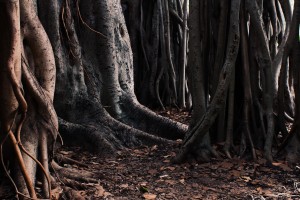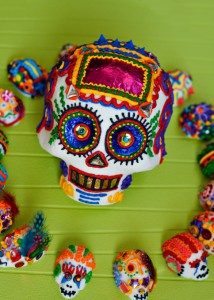Please note: In the original Tantric yoga tradition there are many forms of chakra systems that have been mentioned: five-chakra system, seven, nine, ten, fifteen, twenty-one, twenty-eight. We will focus on the seven-chakra system that became dominant around the 16th century and that has been influenced by the psychologist Carl Jung who presented the idea that human behaviours get felt energetically.
Saturday October 13th, 2018
The first class of our chakra course will have a different format to the rest of the classes to explain the basic concepts of the yogic philosophy of prana, nadis, koshas, and chakras. These concepts will be needed to understand the rest of the chakras course.
Through this talk we will understand in which plane the chakras are found and the energy flow pathways. We will explore what is meant when referring to phrases such as:
- energy leaks
- biography becomes biology
- healthy/blocked chakra
The yoga session will be brief and basic followed by a guided relaxation on the location of each chakra.
Format of first class:
- 45 minute talk
- 30 minute yoga session
- 10 minute visualization
- each student will get a handout with the information covered in this talk.
Format of the other eight classes:
- 10-15 minute talk explaining the thought patterns, behaviours and emotions of the specific chakra we are exploring and its physical repercussions.
- 55 -60 minute asanas (yogic postures that activate the specific chakra)
- 20 minutes guided relaxation in which the students self explore these concepts in regards to their own lives.
- At the end of each class students will be given ideas of small tasks they can do daily till the next class to better embed the learnings of the chakra explored.
- Students will also receive an email with the basic teachings of the class and optional self-exploration questions to journal about.
October 20th, 2018

- Photo by Craig Starhorn on Unsplash
In the chakra MULADHARA we will explore our roots as an archetype. This refers to how the psyche views the group of people, subculture, culture, nation (s), that grew you up as a child. The ones that passed all those messages that “we do things this way and not that way.” In this class, we will explore who is the “we” in that phrase and what messages one has received at that level.
The guided meditation will invite the students to find and release a personal belief passed down from their roots that no longer serves them.

Photo by Vishal Banik on Unsplash
October 27th, 2018
In the chakra SVADHISHTHANA we will explore the role and power of choice and how that affects creativity and one to one relationships. A healthy second chakra allows for creativity to reshape our lives and for the world to become a playful place.
The guided meditation will invite students to visualize the creative space within.
November 3rd, 2018
In the chakra MANIPURA we will explore the four stages of personal power and the ability to separate ourselves from group thought.
The guided meditation will take the students through the four stages of personal power as they choose a personal subject that they wish to work on.
November 10th, 2018
 In part one of the chakra ANAHATA we will explore the definition of forgiveness and why we would wish to let go of past wounds.
In part one of the chakra ANAHATA we will explore the definition of forgiveness and why we would wish to let go of past wounds.
We can not will forgiveness, we can only be willing. -Tara Brach
The guided meditation will focus on forgiving someone the student is ready to let go of.
November 17th, 2018
In part two of the chakra ANAHATA we will explore the “armoured heart”, ways to soften it, and learn to trust it.
The guided meditation will be a practice of loving kindness.
There will be no class on November 24th, 2018
 December 1st, 2018
December 1st, 2018
In the chakra VISHUDDHA we will explore communicating your “inner truth” and then surrendering to what you can not control.
The guided meditation will be a practice of accessing your inner truth.
December 8th, 2018
In the chakra AJNA we will explore intuition, healthy detachment, and symbolic sight.
The guided meditation will be a visualization exploring the movie that is your life.
December 15th, 2018
In the chakra SAHASRARA we will explore our own private spirituality.
The guided meditation will be a visualization of exploring your own spirit connection.
For further information about the course such as location, prices, how to book or to know more about the teacher please click here.











